Sub-project 3 under Project 5 "Project on developing vocational education and creating jobs for workers in ethnic minority and mountainous areas" under the National Target Program on socio-economic development in ethnic minority and mountainous areas for the period 2021 - 2025 was officially implemented in the province from 2022 by the Department of Labor - Invalids and Social Affairs; the Department of Education and Training received it from March 1, 2025.
Vocational training at Bac Kan College
To implement the Project, specialized agencies and localities have reviewed and surveyed the labor demand and vocational training needs of workers in the area; the demand for trained human resources to serve the socio-economic development goals, serving the construction of new rural areas, on that basis, specific plans have been developed for vocational training and job placement consultation for ethnic minority workers.
The work of propaganda, career counseling, entrepreneurship, vocational training, employment and employment support services, and working abroad has been promoted. From 2022 to present, the People's Committees of districts and cities have organized more than 150 conferences to advise and propagate to 6,000 ethnic minority workers on policies and activities of sending workers to work abroad for a limited period of time under contracts; at the same time, providing direct support to 399 ethnic minority workers working abroad under contracts through service enterprises, helping workers have stable jobs, increase income for themselves and their families, and contribute to local economic development.
From the allocated budget, localities have organized more than 350 vocational training classes for more than 12,000 students. Vocational training (primary and under 3 months) focuses on occupations that are strengths of the locality such as: Raising livestock, poultry, and waterfowl (free-range chickens, fattening cows, raising buffaloes for breeding, raising goats, pigs, raising and preventing diseases for chickens and waterfowl); growing specialty vegetables, tubers, fruits and processed products from vegetables, tubers, and fruits (oranges, tangerines, seedless persimmons, apricots, cassia, fragrant green squash, rau bo khai, bananas, etc.); growing tea and processed products from tea plants; growing medicinal plants and products from medicinal plants (turmeric, ginger, Solanum procumbens, bitter melon, Gynostemma pentaphyllum, lemongrass, yellow flower tea, rock ginger, etc.). After receiving vocational training, workers have proactively expanded production scale, increased livestock herds, applied science and technology to production, processed agricultural products to increase income and stabilize family economy; models and cooperatives have made the economy more sustainable with agricultural products recognized as meeting VietGap standards, OCOP products...
However, during the implementation of the Project, there are still some difficulties such as: The number of workers who find jobs and go to work abroad after being trained is not high; the number of industries and occupations that organize training for workers in localities is not much; there is no focus on training high-quality occupational groups to help workers have the opportunity to find jobs at domestic manufacturing enterprises and have the ability to participate in the overseas labor market. In addition, localities , vocational training institutions and enterprises and units sending workers to work abroad under contracts have not had a close connection from the training stage to consulting for workers to work abroad...
According to statistics, as of February 2025, the population aged 15 and over in the whole province was 262,135 people (urban areas: 57,943 people, rural areas: 204,192 people); the number of employed people was 209,029 people (urban areas: 41,367 people, rural areas: 167,662 people); the number of untrained workers was 91,355 people; the number of unemployed people was 990 people; the number of people not participating in economic activities was 52,434 people.
Provincial Employment Service Center provides employment advice to ethnic minorities
In order to improve the quality and effectiveness of vocational education and job creation for workers in ethnic minority and mountainous areas in the coming time, the Provincial People's Committee has been directing functional branches and localities to strengthen the organization of counseling on employment and career policies, information on recruitment needs for workers working in enterprises in the province, outside the province and working abroad under contracts. Promote job creation through specific socio-economic development programs of each locality in a sustainable manner, improve the quality of employment; support job creation for disadvantaged groups of workers, especially workers from poor households, people with disabilities, and workers from ethnic minorities.
Focus on organizing new training, retraining, updating, improving knowledge and skills; training, improving capacity and services for workers starting businesses and startups; training to change careers for workers; training to work under fixed-term contracts abroad; vocational training at enterprises; training to develop specific advantages of each locality (according to OCOP standards) such as developing markets for precious medicinal herbs, community tourism, high-quality agricultural products, etc.
At the same time, strengthen the connection between vocational education with enterprises and the labor market; cooperate in training and internship to improve skills directly at factories and production facilities; cooperate in recruiting workers after students complete the course; enterprises and cooperatives directly train and employ workers. Through training cooperation programs, human resource supply between enterprises and vocational education institutions helps teachers and students access and directly participate in production at enterprises, supplement and improve vocational skills for workers; solve jobs for students during and after completing the course.../.
Source: https://backan.gov.vn/Pages/quan-tam-dao-tao-nghe-giai-quyet-viec-lam-cho-nguo-1f1d.aspx


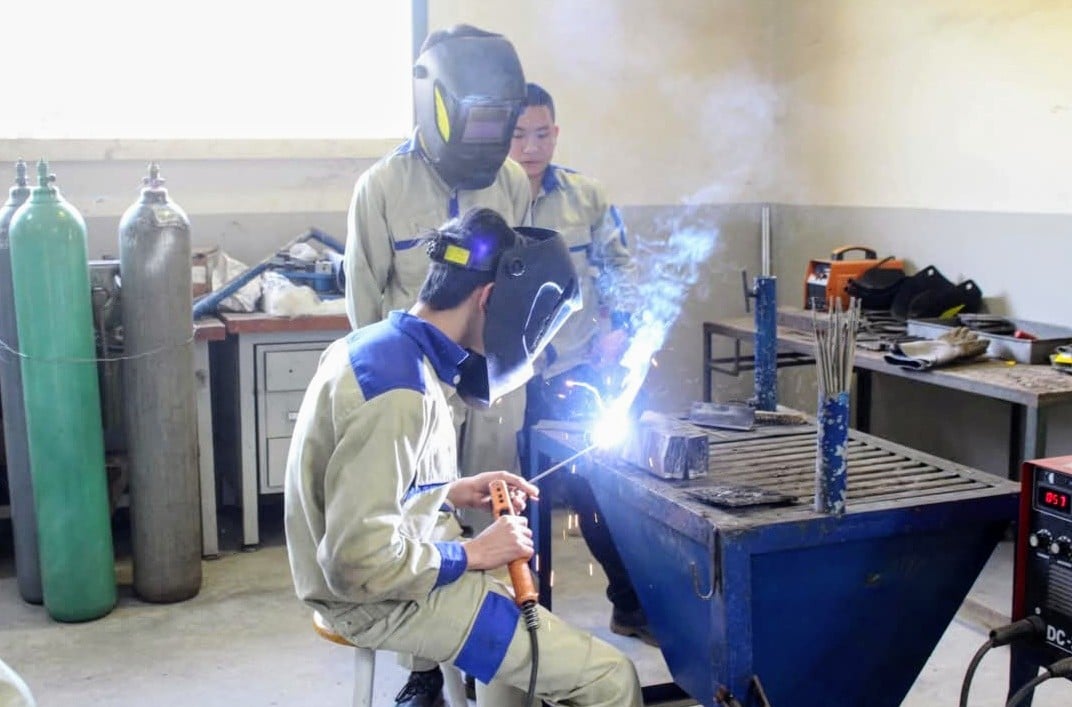
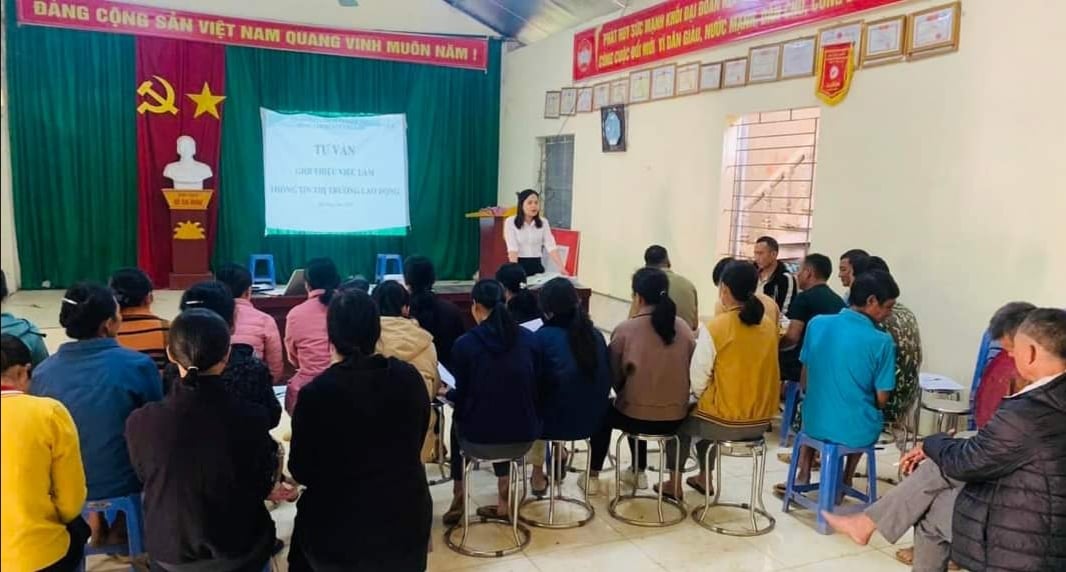








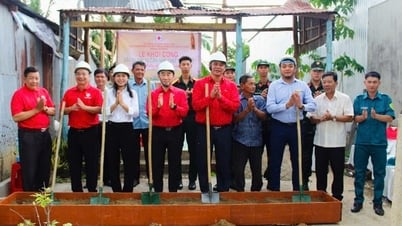
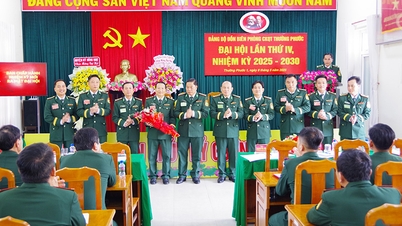
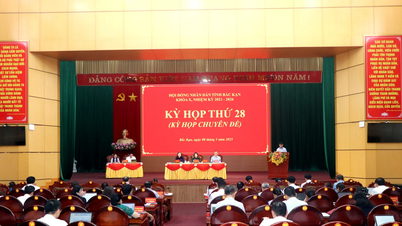











![[Photo] General Secretary To Lam begins official visit to Russia and attends the 80th Anniversary of Victory over Fascism](https://vphoto.vietnam.vn/thumb/1200x675/vietnam/resource/IMAGE/2025/5/8/5d2566d7f67d4a1e9b88bc677831ec9d)














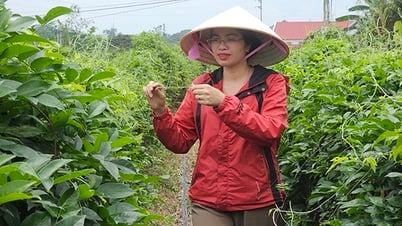






































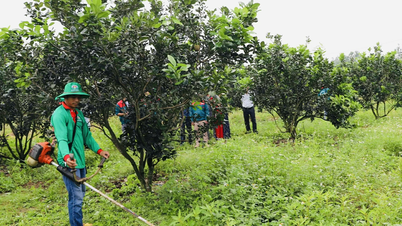
















Comment (0)